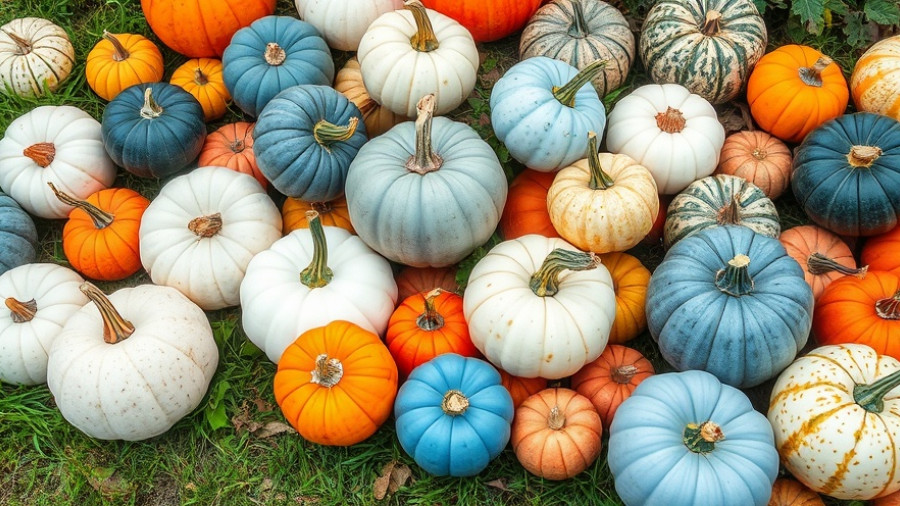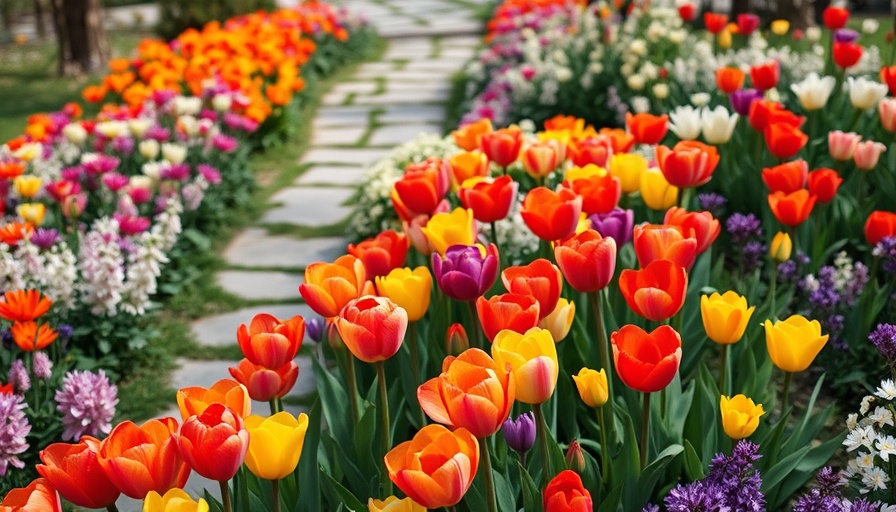
A New Era in Gardening: Discover 'Gardenista: The Low-Impact Garden'
As we delve into a conscious lifestyle, the arrival of Gardenista: The Low-Impact Garden is nothing short of a pivotal moment for homeowners and gardening enthusiasts alike. Released today, this book serves as an essential guide dedicated to sustainable gardening practices. Authored by Kendra Wilson, with mesmerizing photography by Caitlin Atkinson, it’s a culmination of exploration across three continents showcasing eco-friendly landscapes that can inspire anyone looking to rejuvenate their outdoor spaces.
Why Low-Impact Gardening Matters
The concept of low-impact gardening isn’t just a trend—it's a necessary shift towards sustainability that aligns with our growing environmental consciousness. Traditional gardening often involves resource-heavy practices and the extensive use of chemical fertilizers. However, low-impact gardening emphasizes native plants and environmentally friendly materials, promoting biodiversity and resilience in our local ecosystems. This book serves as a roadmap for how you can cultivate beauty while respecting the Earth.
Insights From the Pages: What to Expect
Inside Gardenista: The Low-Impact Garden, readers will find:
- Tranquil garden visits to twelve stunning gardens from urban settings to rural escapes, highlighting innovative design principles.
- Fundamental insights into essential gardening elements such as soil health, native plants, and sustainable landscaping practices.
- Expert tips to navigate the challenges of creating a lush yet low-maintenance garden.
- A curated list of 50 durable gardening tools, ensuring you have everything you need to succeed in your gardening endeavor.
Engaging in the Low-Impact Movement: Why You Should Care
This publication is not merely about aesthetics; it intertwines a narrative about personal impact and community relevance. Low-impact gardening fosters a connection to nature, enhances mental well-being, and contributes positively to local biodiversity. For homeowners looking to craft their outdoor spaces into havens, this book offers actionable insights and designs that prioritize ecological balance while delivering visual interest.
Practical Tips for a Positive Transformation
If you're ready to integrate low-impact principles into your gardening routine, here are a few practical steps to get started:
- Start Small: Whether you have a garden, balcony, or windowsill, even small spaces can host a variety of native plants that require less water and maintenance.
- Soil Health: Invest in organic compost to nourish your plants and encourage beneficial microbes in the soil.
- Water Efficiently: Consider using rain barrels or drip irrigation systems to conserve water.
Local vs. Global Perspectives: The Importance of Native Plants
Emphasizing native plants is a cornerstone of the low-impact gardening philosophy. By choosing plants that are indigenous to your geographical region, you support local wildlife and require fewer resources for their maintenance. This book underlines the importance of re-establishing plant communities that are resilient to climate changes, ultimately contributing to healthier ecosystems.
Common Misconceptions About Low-Impact Gardening
Many might assume that low-impact gardening means less beauty or variety; however, this couldn’t be further from the truth. By creatively using native flora and sustainable designs, gardeners can achieve vibrant and diverse landscapes that enhance curb appeal and personal enjoyment. Gardenista: The Low-Impact Garden refutes these myths by showcasing exquisite gardens that blend functionality and aesthetics seamlessly.
The Future of Gardening: A Call to Action
With the publication of Gardenista: The Low-Impact Garden, readers are invited to embrace this call to action: transform your gardens into thriving ecosystems that reflect your values of sustainability and beauty. The tools and tips presented within its pages are gateways towards meaningful gardening experiences that not only beautify our homes but also honor the environment.
To explore more truly innovative ideas and inspirational designs, don't miss out on picking up a copy of Gardenista: The Low-Impact Garden today and join the movement towards a more sustainable future for our gardening practices.
 Add Row
Add Row  Add
Add 




Write A Comment